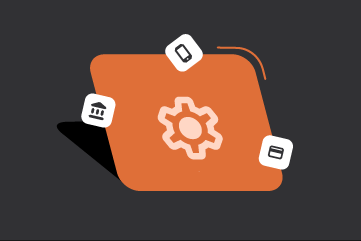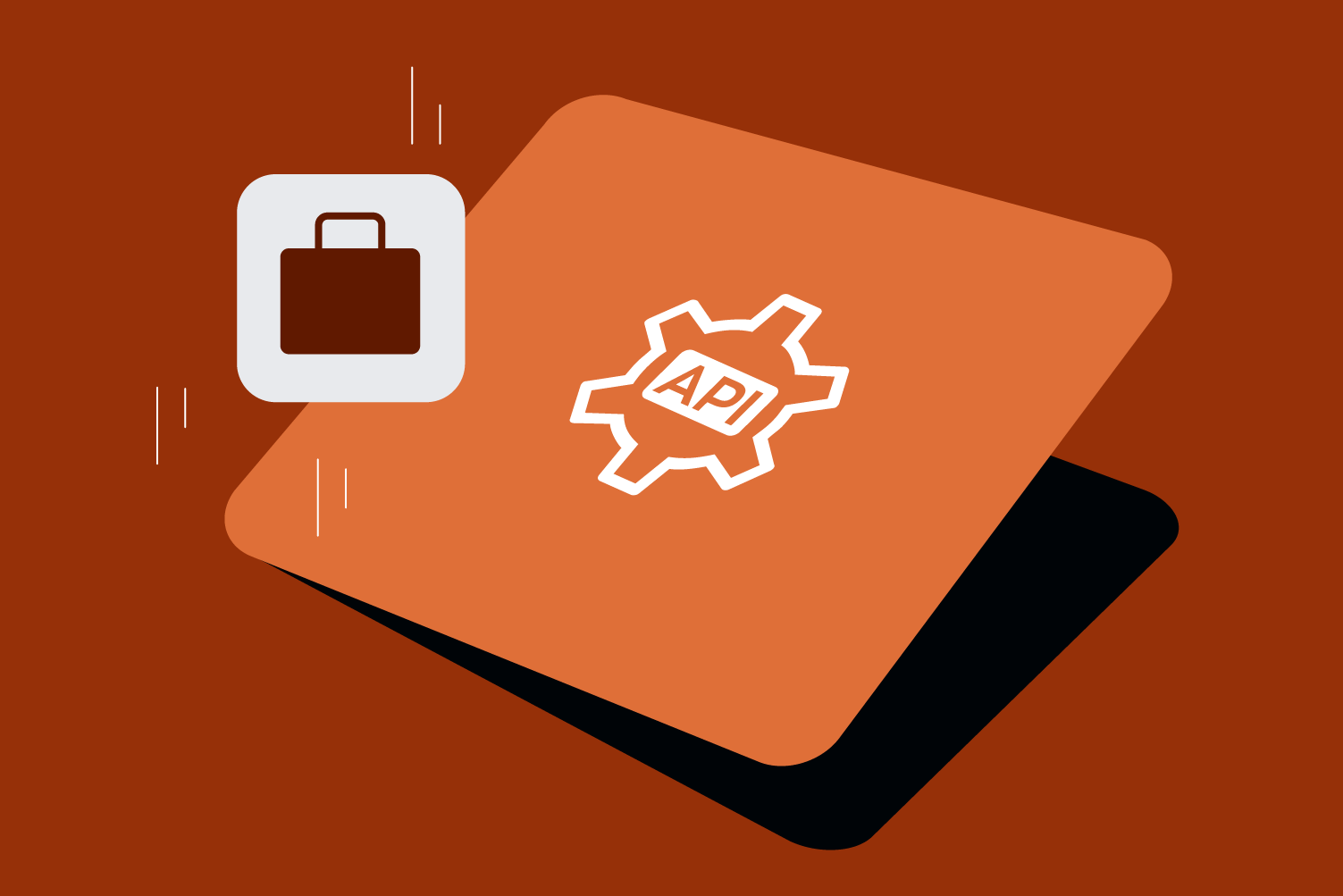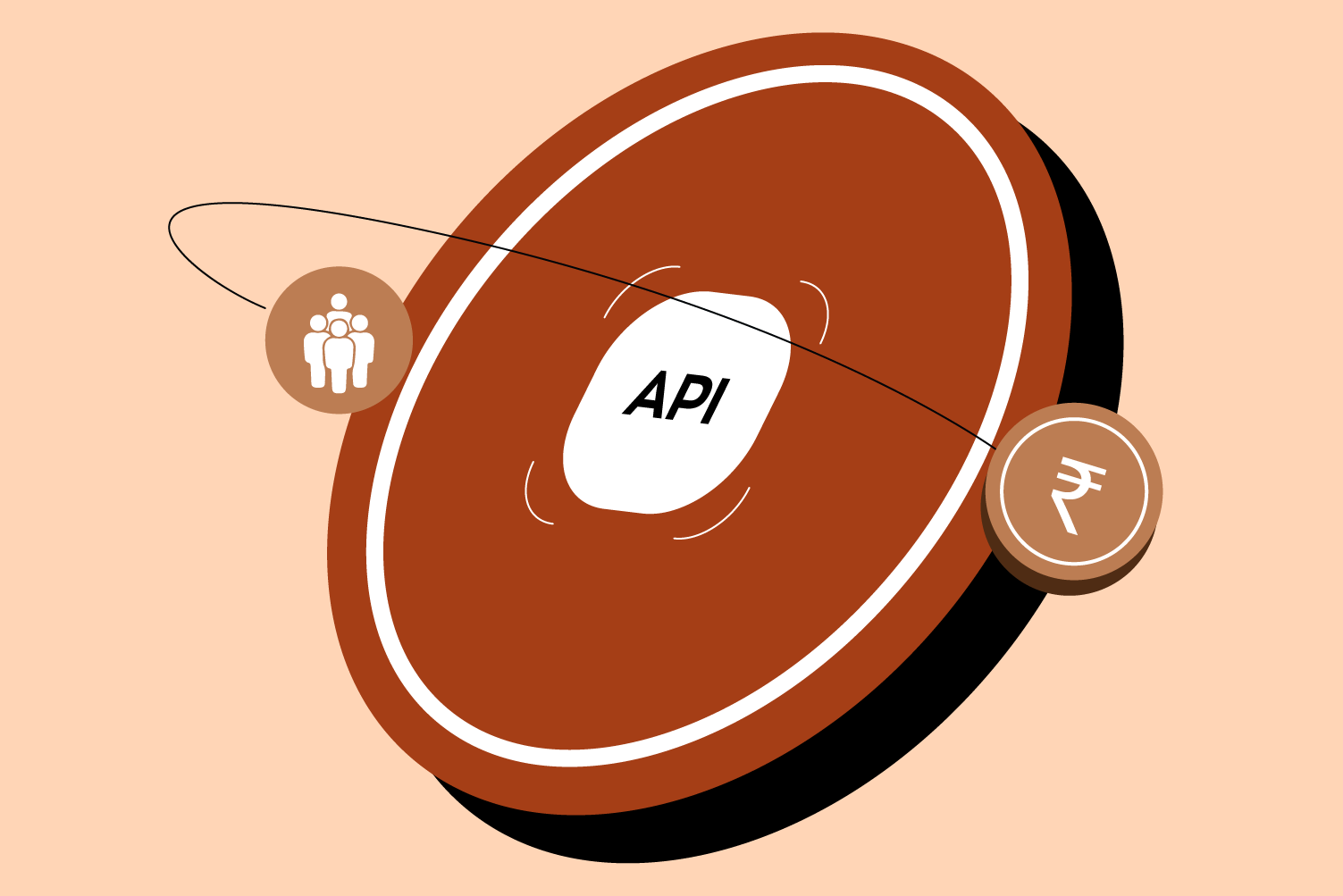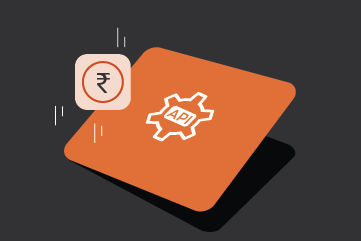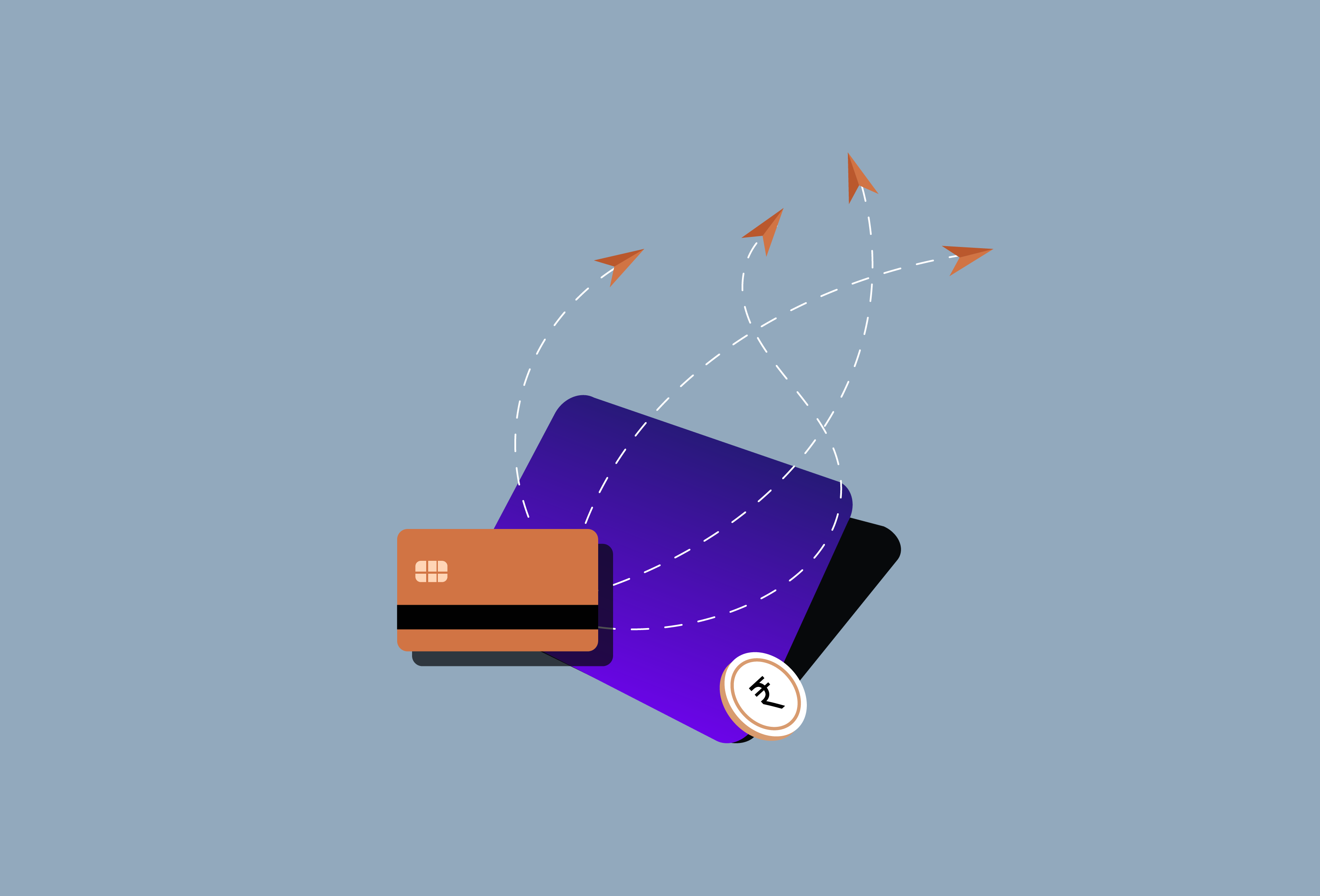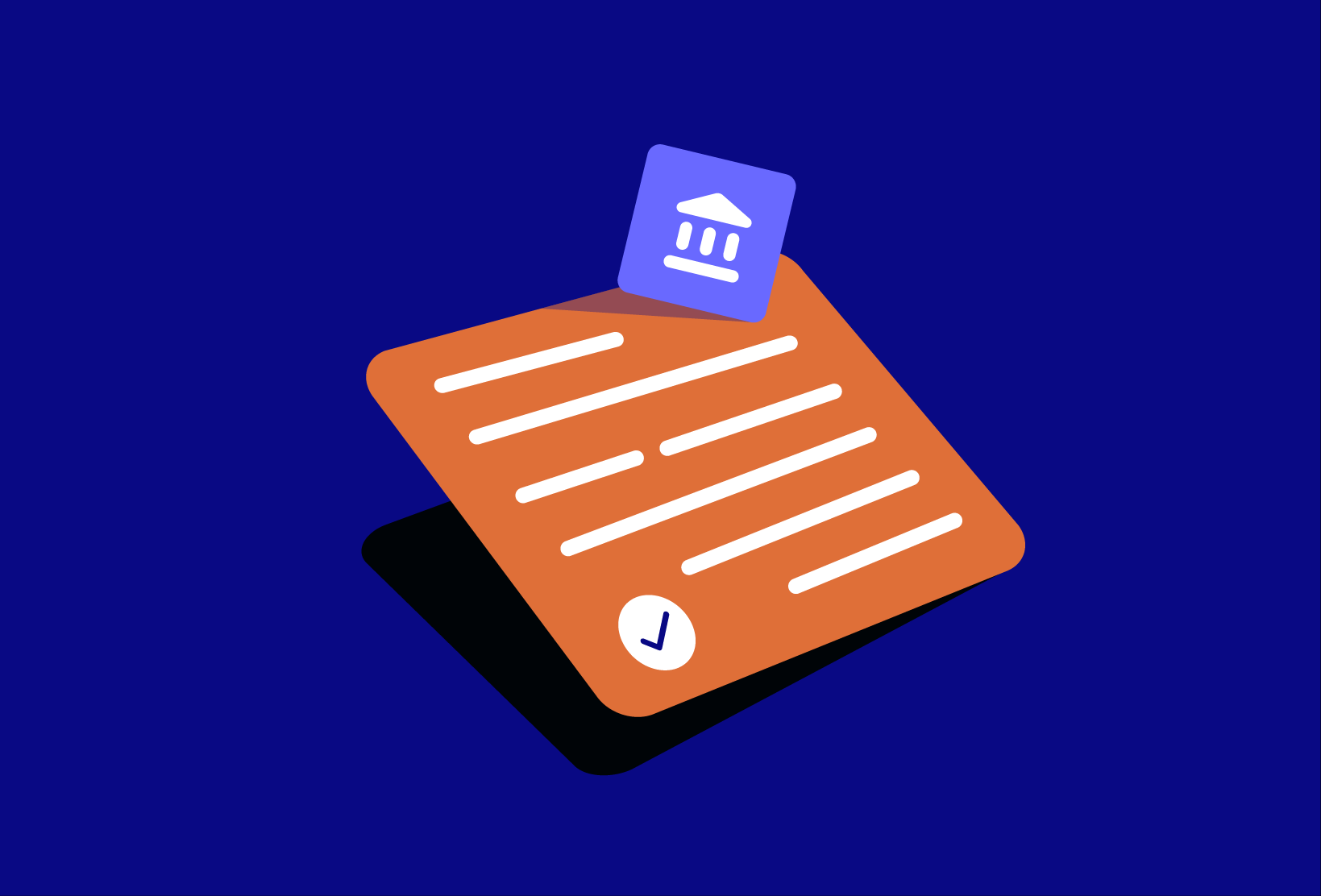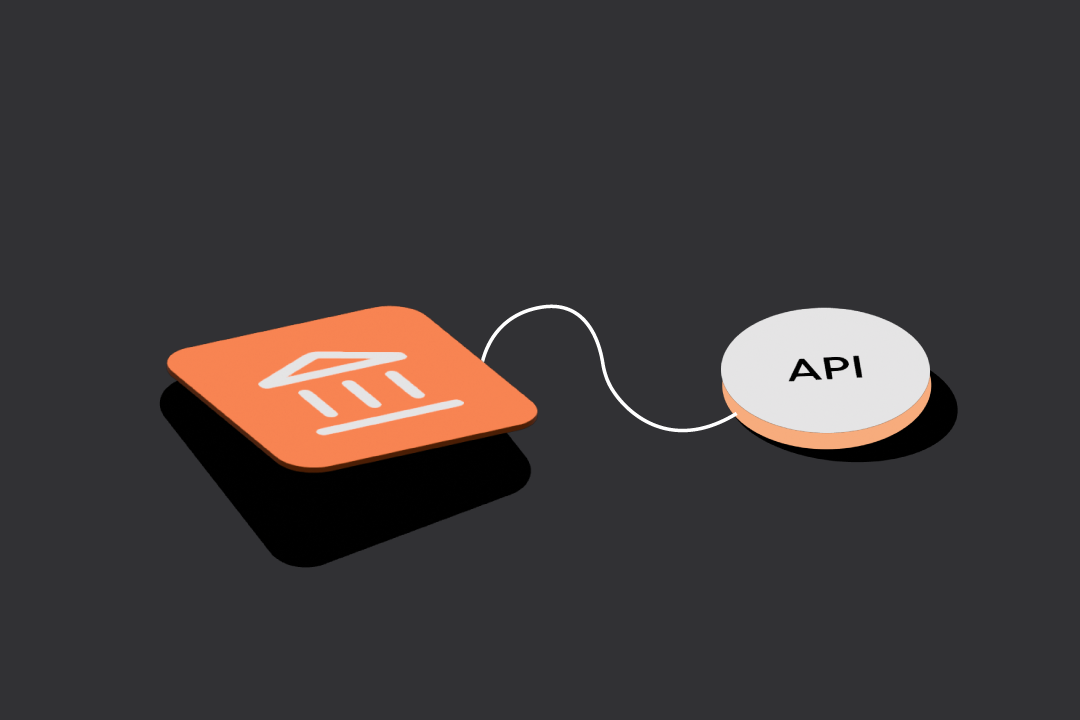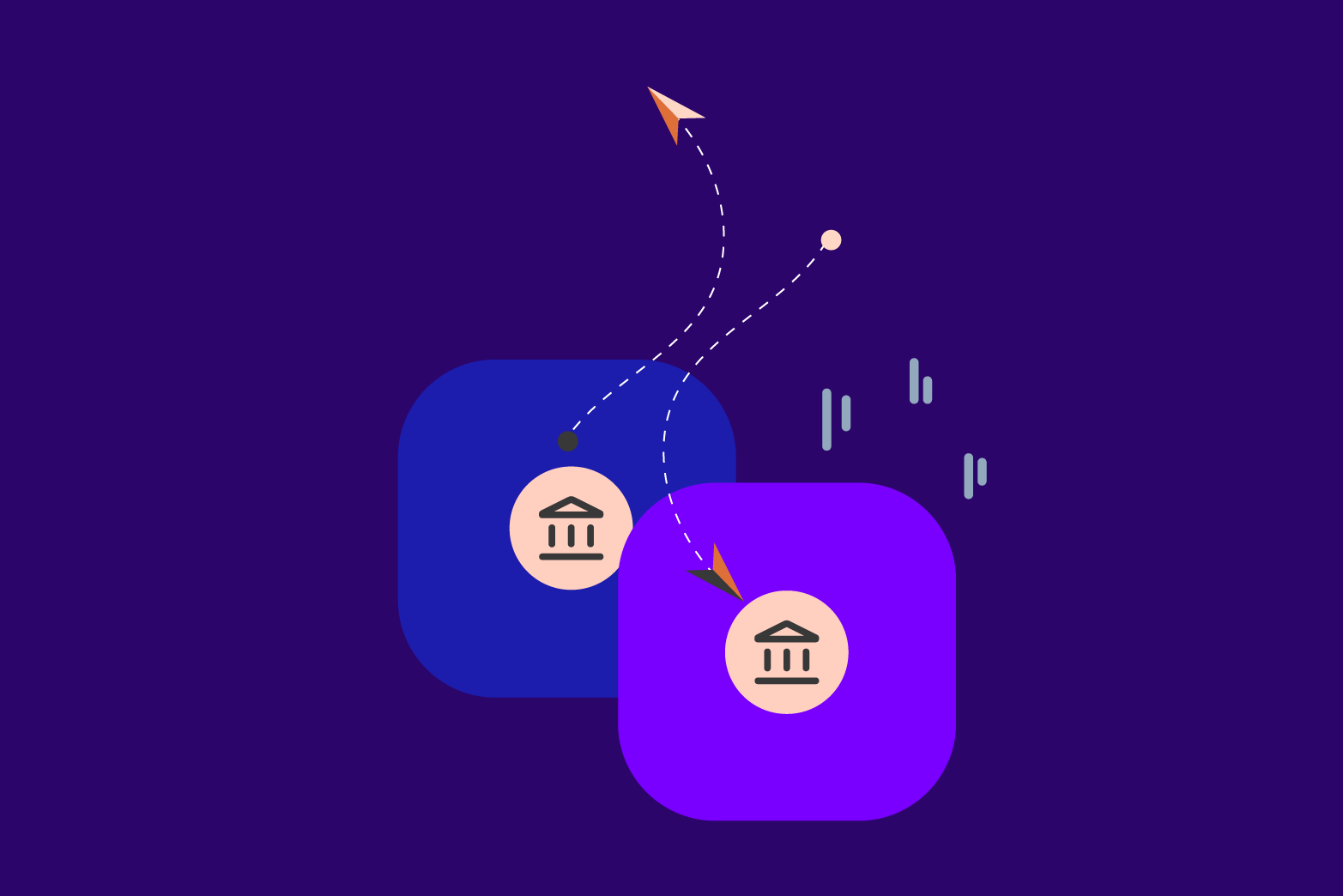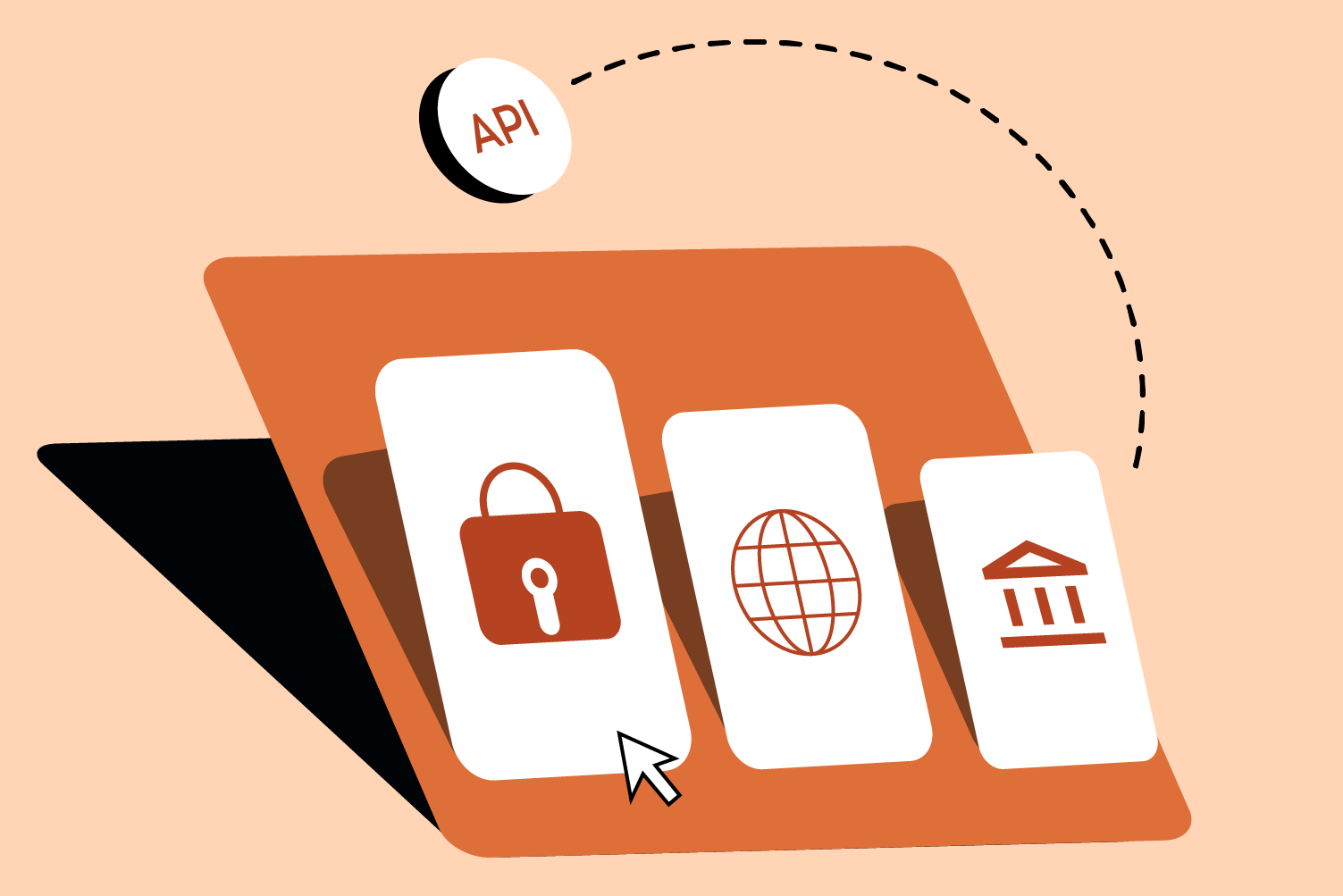In the last decade, banking has undergone a massive shift, primarily driven by the rise of APIs (Application Programming Interfaces). APIs enable different applications to talk to each other securely, making offering connected, real-time experiences easier.
Take a typical example: when you pay on an app, your bank details aren’t stored by the app. Instead, that transaction is powered by bank APIs working behind the scenes, sharing just enough information to complete the task securely.
Let us dive deeper to understand what bank APIs are and how they are helping all of us.
The rise of API banking
It all dates back to 2016, when the UK Competition and Markets Authority (CMA) asked several top banks to allow third-party applications to access customer data securely. This marked the early days of the Open Banking movement. Later, PSD2 came into the picture and significantly contributed to the development of Open Banking.
The same year, the RBI launched the Unified Payments Interface (UPI), which played a pivotal role in the rise of banking APIs in India. This process of sharing customer data via bank APIs is called ‘API banking’.
A year later, Forbes announced 2017 as “the year of the API economy.”
With this new ecosystem came new opportunities. Since then, there has been an increase in API providers. The adoption of API banking also fueled the growth of new entrants—neobanks and challenger banks. These banks developed a niche in India, and their market size is expected to reach $145B by FY 2032 (Source).
API banking changed the way banks and fintech organizations work.
Let us look at the major shift after the open banking movement, allowing access to bank data via APIs.
The Shift from Traditional to Platform-Led Banking
A few years back, almost all the incumbents were vertically integrated, i.e., single-handedly owning two or more stages of financial services production and distribution. Their products and distribution were part of a single value chain and operated within their distribution channels with a tightly controlled infrastructure.
However, after the Open Banking movement, we saw the emergence of platform business models that moved away from the traditional vertical model to a more inclusive and innovation-centric approach.
At the center of this Platform Business Model is a banking platform that uses technology to connect people, organizations, and resources in an interactive ecosystem where tremendous amounts of value can be created and exchanged.
But how can a platform bring such radical changes to an organization or industry?
It happened when companies started developing products, services, or technologies at the center, on which many firms can build complementary products with banking APIs, creating a loosely assembled ecosystem for innovation.
How does API banking work?
Here’s a simple look at how it works:
Step 1: A business (like a fintech, marketplace, or HR platform) partners with an API provider.
Step 2: The API provider integrates with the bank and abstracts the complex parts, such as authentication, data handling, and regulation.
Step 3: The business can now offer services like account opening, payments, or reconciliation, directly from their product.
This setup lets businesses offer financial services in less time.
Why Businesses Love API Banking
Capgemini’s World Fintech Report 2021 states that nearly 89% of banks leverage APIs to collaborate with fintech as part of their business strategy.
The main benefit of an API is the elimination of unnecessary banking procedures. In other words, it ensures speed and ease of use for financial service providers.
From the bank’s perspective, APIs are a gateway to digital transformation. They allow banks to easily gain customer insights and provide abundant services to offer their customers a larger value chain.
API banking provides customers with access to and benefits from different product offerings. B2B customers, such as SMEs and Startups, benefit from having access to services like virtual cards, expense management, accounting mass payouts, etc.
Looking at the recent API banking trends, API banking will undoubtedly continue to evolve and grow to provide more advanced services to customers.
Deconstructing API banking models
API banking models are broadly classified into three categories. They are:
- Open banking
- Banking as a service, and
- Platform banking
Find out more about API banking models in the next chapter.
Learn more about API Banking from our remaining chapters –
How to choose the right API providers?


